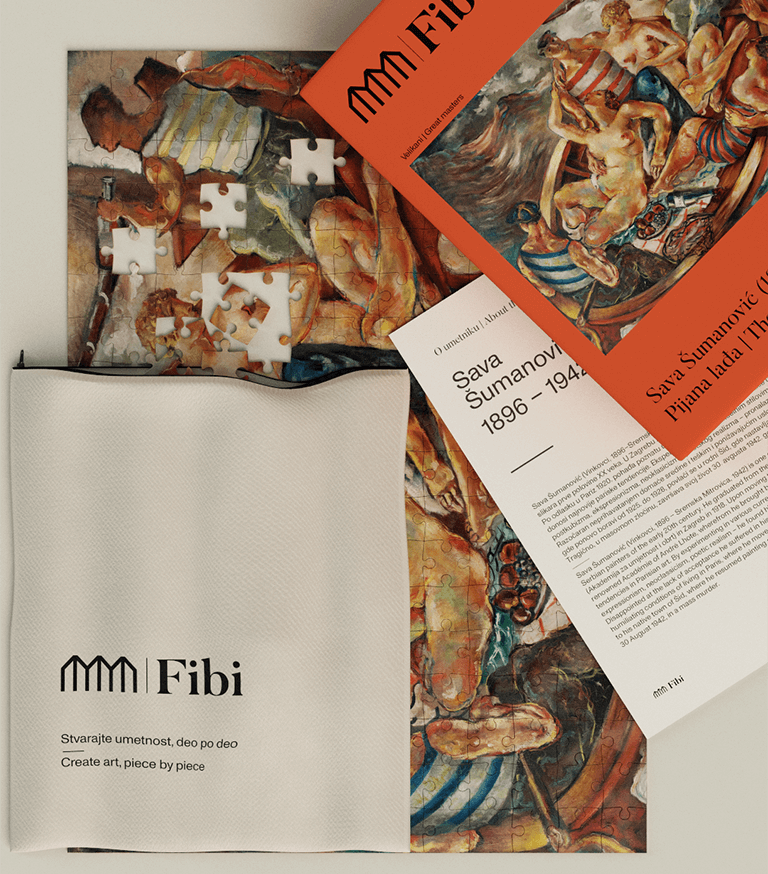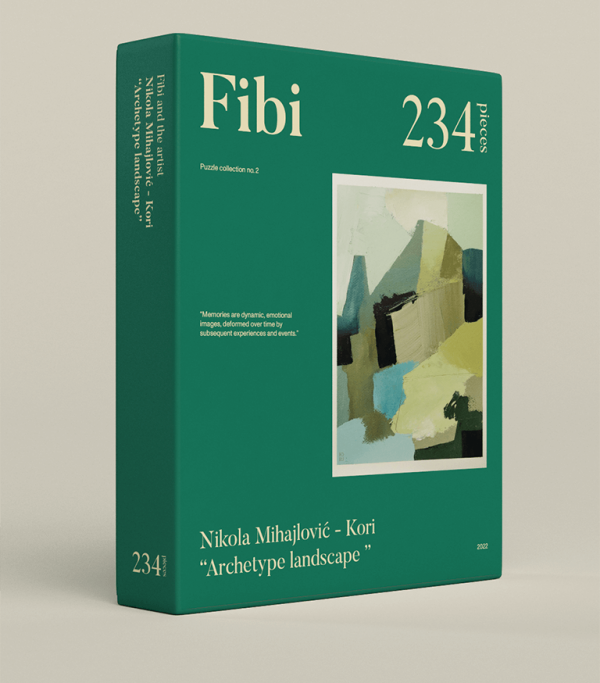Description
About the artist Sava Šumanović
Sava Šumanović (Vinkovci, 1896 – Sremska Mitrovica, 1942) is one of the most significant
Serbian painters of the early 20th century. He graduated from the Academy of Fine Arts
(Akademija za umjetnost i obrt) in Zagreb in 1918. Upon moving to Paris, he enrolled at the
renowned Académie of André Lhote, wherefrom he brought back to his native country the latest
tendencies in Parisian art. By experimenting in various current styles – such as post-cubism,
expressionism, neoclassicism, poetic realism – he found his own authentic type of expression.
Disappointed at the lack of acceptance he suffered in his home country and the difficult and
humiliating conditions of living in Paris, where he moved again from 1925 to 1928, he retreated
to his native town of Šid, where he resumed painting at a pace. His life came to a tragic end on
30 August 1942, in a mass murder.
About the The drunken boat, 1927
Sava Šumanović (Sava Šumanović) is one of the best known Serbian painters, who left an
outstanding oeuvre characterised by several styles: from Cézannisme and post-cubism to
constructive expressionism and neoclassicism. The Drunken Boat (Pijana lađa, 1927) is a
monumental painting and capital work from the collection of the Museum of Contemporary Art
(Muzej savremene umetnosti) in Belgrade, which the artist produced over the course of six days
and six nights of artistic frenzy and then exhibited at the Paris Salon des Indépendants. The final
version of the painting was preceded by a preparation process involving the production of
multiple sketches, which have been preserved. Also, the painting was reproduced on the cover
of the February issue of the artistic magazine Le Crapouillot. Although he avoided subjects of
this kind – linking painting with works of literature – most critics and connoisseurs of art agree
that the inspiration for this painting came from the eponymous poem by Rimbaud as well as
Théodore Géricault’s painting The Raft of the Medusa.











